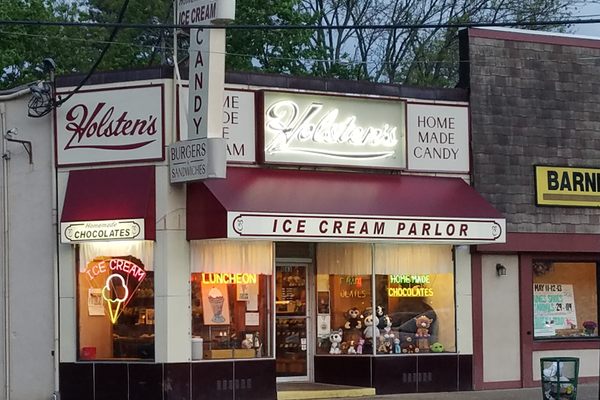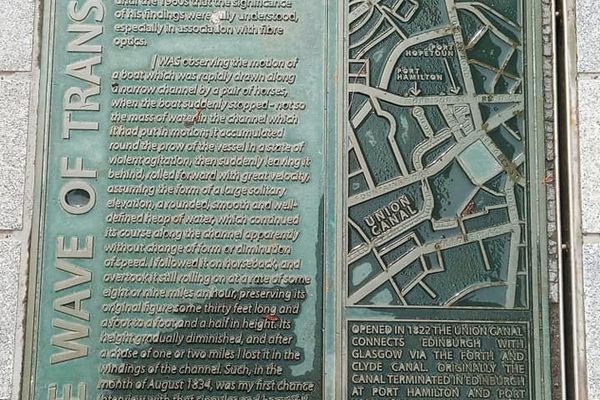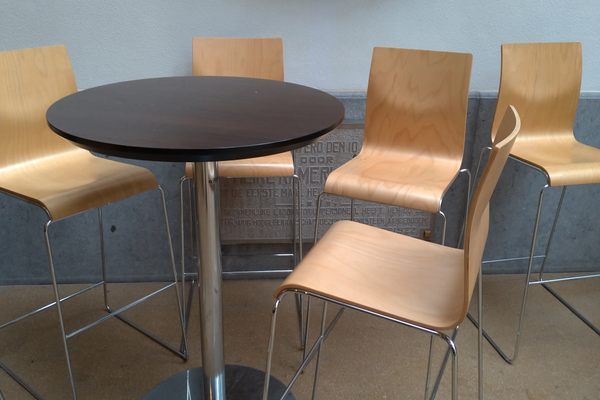AO Edited
Thomas Edison National Historical Park
Take a step into the workshop where Edison and his employees revolutionized the world.
Though Thomas Edison is commonly referred to as “The Wizard of Menlo Park,” it would be in West Orange, New Jersey, where his imagination and innovative spirit would truly run wild.
In 1884, Edison’s first wife, Mary, died and Edison left Menlo Park to move to West Orange to expand operations. He’d already done extensive experimentation on long-lasting filaments in the electric lightbulb and was looking to explore other avenues of invention. Edison purchased roughly five blocks in the center of West Orange, creating a campus of creativity that would employ hundreds of skilled men and women as builders, electricians, engineers, and even firefighters. When the complex opened in 1887 it became the country’s center for technological advancement. At the lab, Edison invented devices like the phonograph, motion the picture camera, and even tried to find an organic, sustainable alternative to rubber.
The complex was also home to the Black Maria, the first motion picture studio ever created. This oddly-shaped box, which employees thought looked like a police wagon, contained windows on the top to let in light for illuminating actors, who acted inside. The Maria was situated on a circular wooden track so it could be rotated to chase the sunlight as the day progressed. The original Black Maria fell into disrepair and was eventually torn down, but an exact replica donated in 1954, stands in its place today.
Modern visitors may be confused as to why Edison’s once-sprawling campus is now only a small handful of locations open to the public. During the early days of working with heavy chemicals and primitive electricity could lead to dangerous results, and in 1914, an explosion at a film inspection building spread across the complete. This turned many of Edison’s workshops to rubble. Edison, while watching the fire, remarked that, “though it [cost him] a lot of money, it certainly was a fine fire.”
Luckily, Edison’s library, main laboratory, and several of the most important surrounding structures were spared, and progress continued. In 1931, Edison died of complications related to diabetes, and his casket would lie in his library before being buried at Glenmore. The time-in clock next to the lab’s entrance is eternally set at the exact time Edison last left the laboratory’s doors.
After Edison’s death, his family practically threw a tarp over the entire property, leaving everything exactly as it was the day he died for future generations to visit and appreciate. After decades of switching hands between state and local historic institutions, the National Parks Service attained the campus in 2009 and alongside Glenmore, turned the location into a National Historic Park.
With over 300,000 original items in the parks service’s collection and hundreds of archival photographs to work from, Edison’s lab looks precisely as it did in its heyday. When visiting, you’ll feel like you snuck in after hours, as hammers and lunch pails still sit where they did a near-century prior. Edison’s legacy may be a messy one, but his laboratory stands as a monument to the importance of innovation and experimentation in the face of both adversity and hardship.
Know Before You Go
Please check the official website for admission information!










































Follow us on Twitter to get the latest on the world's hidden wonders.
Like us on Facebook to get the latest on the world's hidden wonders.
Follow us on Twitter Like us on Facebook